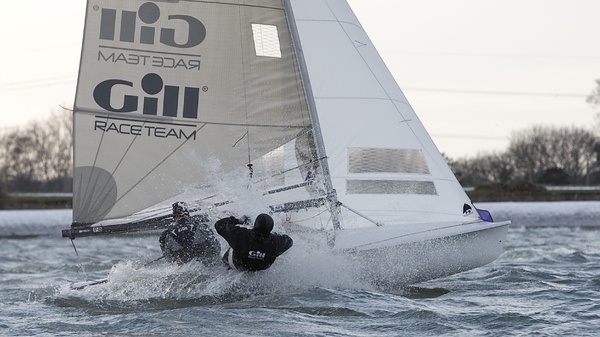Have you set any goals for your sailing this year? If you have, then well done, you are on the right track. Of all the things that full-time, professional sailors do compared with the rest of us, the weekend warriors, disciplined goal-setting is perhaps one of the key distinguishing factors.
Why you need to get S.M.A.R.T. about your goals
It's not just about the time you spend on the water, it's how you spend it, and goal-setting is a great way of helping you to make the best use of limited time. Most of us never even get to write down any goals at all, let alone see them through to fruition. In fact, perhaps that's why so many of us don't set goals, because if you don't set goals you can't fail at them! But that is the lazy way out. So let's look at setting some targets for this season.
Perhaps you'd like to win the next series at your sailing club, or finish in the top 20 of your national championship. These are what are known in the trade as ‘outcome goals', and they're the easiest sort of goals to set, but the most difficult to achieve. Why? Because they rely on the actions of others - ie your competitors - as well as your own efforts. 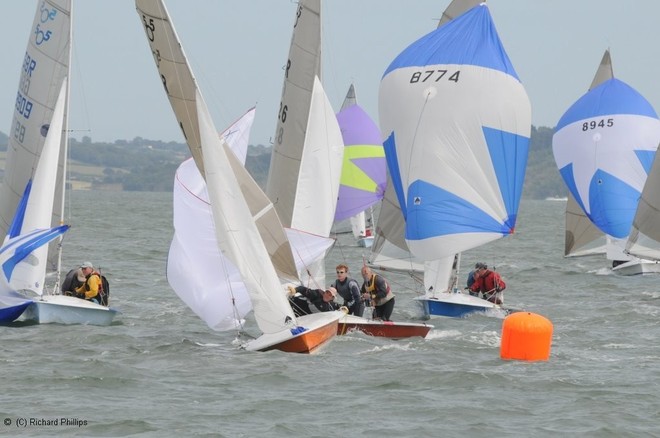
Goals shouldn't just be about the result on the race course
So you don't have ultimate control over whether or not these goals will come to fruition. If you set yourself an ambitious training programme where you improve your hiking ability and practise your heavy-air gybes so that you never even come close to falling in, then you should be on track for doing very well in the club championship. But what if one or two of your rivals are training just as hard? How can you guarantee to beat them?
That said, outcome goals are still very important. It's why most of us go racing, to pit ourselves against others and see if we can improve, but just bear in mind that you have to take into account the strengths and weaknesses of your rivals as well as your own. In any case, an outcome goal is exactly that - just an outcome. What's more important in the goal-setting process is the journey you take to reach the desired outcome.
This is where ‘process goals' come into play, the basic building blocks that go into improving your skills. According to the experts, you should set goals that are S.M.A.R.T., by which they mean that a goal should be Specific, Measurable, Attainable, Realistic and Tangible.
There is tons of good information about this topic on the internet, so Google ‘SMART goals' and see what you find. Very briefly though, let's break a SMART goal into its five components.
Specific
A specific goal has a much greater chance of being accomplished than a general goal. So rather than saying, "I will do more practice this year," a more specific alternative would be to say: "I will practise for an hour at least twice a month, working on the three areas that I have identified for highest priority, eg starting, gybing and spinnaker hoists."
Measurable
Establish measurable criteria for assessing your progress towards a particular goal. For example, if you tend to capsize one in every three heavy-air gybes, work towards a point where you gybe successfully at least nine out of ten times - or preferably none at all, although we're coming to that point in a moment. Also, set a date by which you plan to achieve the goal, say, to reach your 9/10 gybing success rate by 30 April.
Attainable & Realistic
These are really looking at the same thing, but if you dispensed with one or the other, you'd have SMRT or SMAT goals, which wouldn't be very SMART, would it! So in setting a goal that is attainable and realistic, it's all about setting yourself a target that makes you set the bar higher, but not so high that you'll never believe you can hurdle it. So with the heavy-air gybing goal, can you really reach a point where you never capsize? Perhaps you can, but maybe a more attainable and realistic target would be that 9/10 figure mentioned earlier.
Tangible
Does the thought of achieving your goal excite you, does it motivate you to put in the effort required? Going out and practising those heavy-air gybes will take some courage and perseverance when the capsizes come thick and fast in the early days. But imagine how you'll feel when you can go out and actually relish the opportunity to gybe in conditions that you once described as ‘fresh to frightening', but which you now look forward to as a chance to show off your new-found skills.
There are many things you can do in the quest for greater success in sailing. You could buy a new set of sails for example, which might cost you a few hundred or even a couple of thousand pounds. Goal-setting can often be more effective than a new set of rags and what's more, it will cost you nothing. It's not an easy skill to get right, but like anything, you'll get better at setting goals the more you practise doing it. 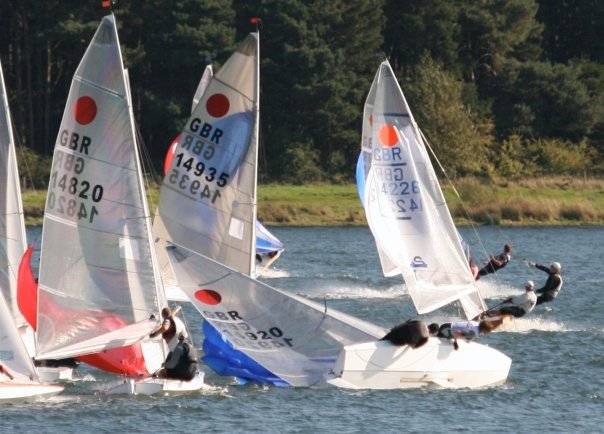
Setting good goals will help you work on your weaknesses until they disappear
Get some coaching
What if you do want to throw some money at your sailing, however? Olympic silver medallist and RYA coach Ian Barker suggests you spend your hard-earned wages not on a new set of sails but on some coaching. Well, as an ex-sailmaker and now a full-time coach, he would say that, wouldn't he! But the fact is, unless you're in the RYA's Olympic squad it's unlikely that you'll get the benefit of Ian's personal attention, so he has no personal gain to be made in offering this advice. He really does mean it!
This is his advice to a typical club sailor with perhaps one day of the weekend available and a week's national championship as the big event of the summer. "Let's say you want to improve by 10 places at the national championships," Barker begins. "And let's assume you have the usual constraints on time and money that most of us face. If you're like most club racers I know, you like spending your limited time on the water racing and the idea of doing some practice is the last thing on your mind. Well if that's the case, and you're serious about improving your place at the nationals, there are two changes I'd suggest:
- Set aside some time for practice
- Get some coaching
"Ideally you want to start using a coach as soon as possible in the season. If hiring a personal coach seems too expensive, what about clubbing together with a few mates in your club fleet and spreading the cost between three or four boats? That way, you should be able to get the cost down to £40 or £50 per boat for each coaching day.
"If you really can't afford a coach, then it's a matter of being disciplined about taking time to practise. Practising without the pressure of racing means you can try a few tacks or gybes, for example, and stop and discuss what went right, what went wrong. If you have seen one of the top sailors using a different technique, the only way to try it is out of a racing situation, because when you start tacking in a different way you may have to get worse before you get better. And you probably don't want to humiliate yourself during a race.
"Even if you do only self-coach, you can achieve a lot, but none of us is very good at being totally honest about our weaknesses. This is where a coach can come in really useful, in helping analyse your standard of sailing in different areas and coming up with a list of priorities for you to work on."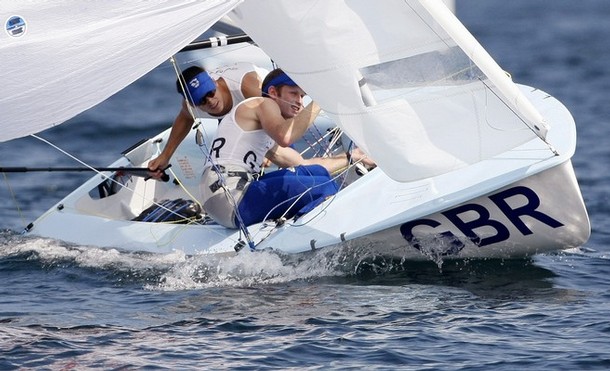
Nick Rogers and Joe Glanfield weren't at their best in the light, but structured goalsetting
saw them achieve silver in the 2008 Olympics
No Labels Allowed - unless they're positive ones!
Cathy Foster is another former Olympian with almost 20 years of professional racing coach experience to her name. Again, taking the same example of a club sailor who wants to improve their place at the national championships by 10 places, she offers this advice. "First I would ask them to work out how many weekends they can sail between now and the championships, and what open meetings there are along the way. Also they should make a list of the practical stuff they can and can't do, including any particular weaknesses, such as a problem with light-wind sailing."
The problem that many of us have is that we are good at labelling ourselves, for example, "I'm no good in light winds," or "I hate light winds." The second example isn't a label about you directly, but it still suggests you have a problem with light-air conditions. Cathy says the key to breaking these negative beliefs is in focussing not on outcome goals - the result - but on process goals - the practical stuff you do to improve your sailing skills.
She recalls a time early in her career, when she remembers her own problem being with strong winds. "It was a time of seeing things in black and white, of not being able to progress, of not being able to move forward in the conditions that I was bad at. It was frustrating being known as a good light-wind sailor, and it was frustrating that I could never make that jump to becoming a good strong-wind sailor."
There is no doubt that Cathy did go on to become a great strong-wind sailor because in the 1984 Olympics in Los Angeles, as the only woman in the 470 fleet with Pete Newlands crewing, she won the only windy race of the regatta, the final race. For her the breakthrough in her career came some years earlier when she was introduced to the idea of process goals, and so it's hardly surprising that she recommends it to those that she coaches now. "It makes you look at the process of how you become a good sailor, so that when faced with light winds, rather than throwing the baby out with the bath water and saying ‘I'm no good at that,' you look at some techniques that will help you improve specific areas of your game."
For example, if you've got used to seeing people sail from behind you in light winds, through your dirty wind and out through your lee, how does that make you feel? Tense and upset, maybe? A common reaction in tense situations is to tighten your grip on the tiller and on the mainsheet. If you start oversheeting the mainsheet in light airs, that's going to kill your speed. So a good goal here would be to focus on maintaining a light and responsive grip on the tiller and promising that in light airs you won't sheet the mainsheet beyond a certain point. Even if you sense a boat is sailing past you to leeward, stay focused on the goal and not the outcome. The chances are, if you've set the right process goals the result will look after itself. It's far less likely that anyone will be sailing past you, because you are now focused on your boatspeed rather than theirs.
Cathy Foster concludes with a good piece of advice for any weekend sailor. "Be kind to yourself, and recognise that you can't do everything." Improving your result at the nationals by 20 places will take serious commitment. So follow the coaches' advice of analysing your sailing season now, so that you know what you can realistically expect to achieve in the next few months. Setting goals that meet the SMART principle will help you enjoy your sailing all the more.

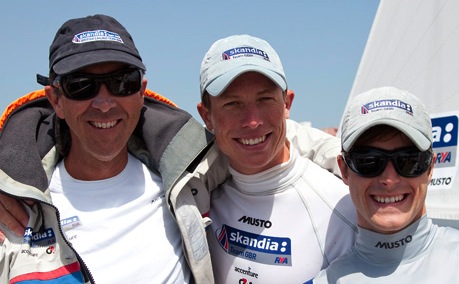
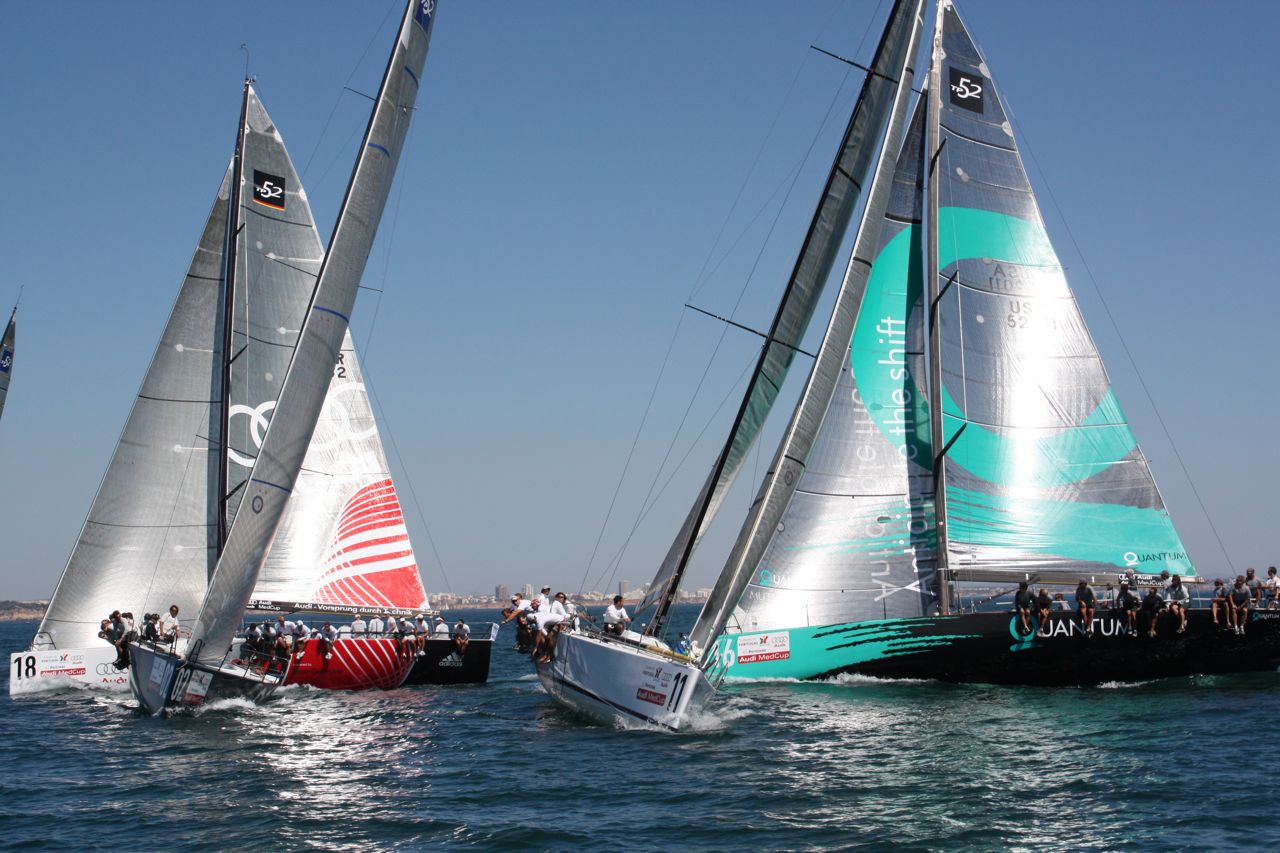
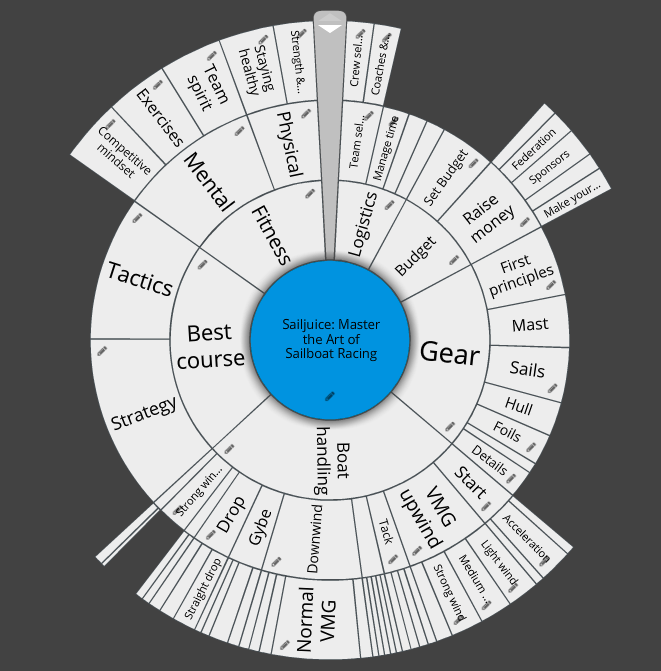
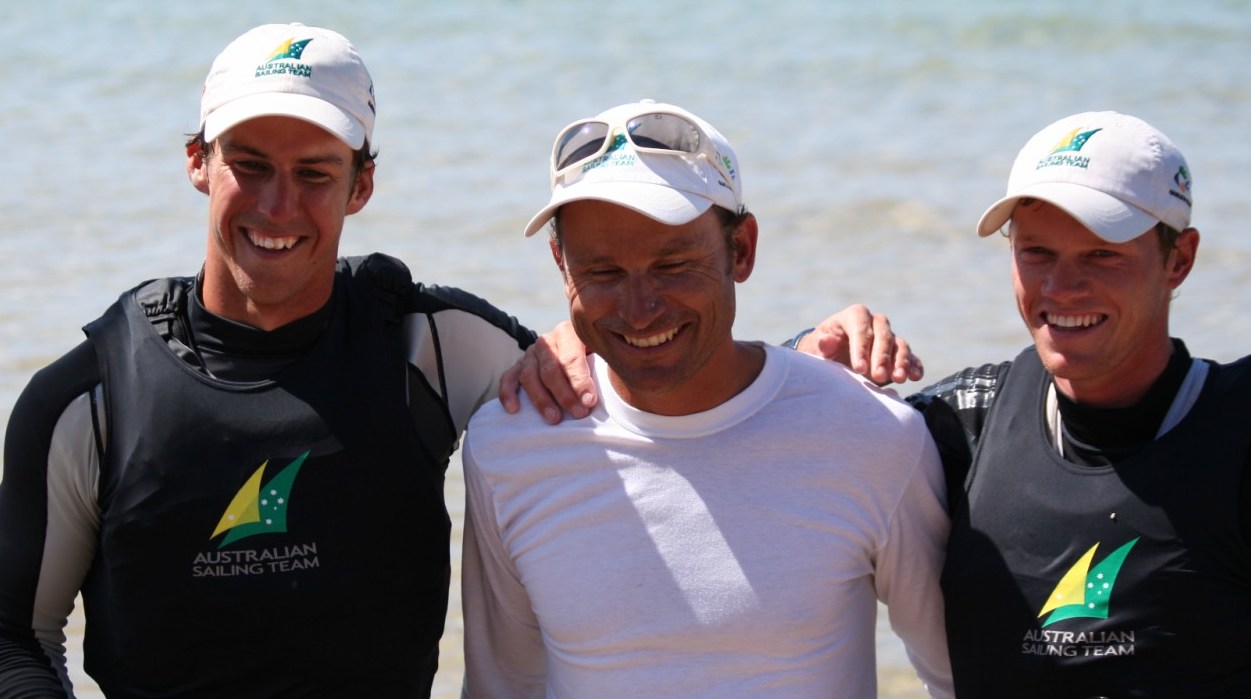
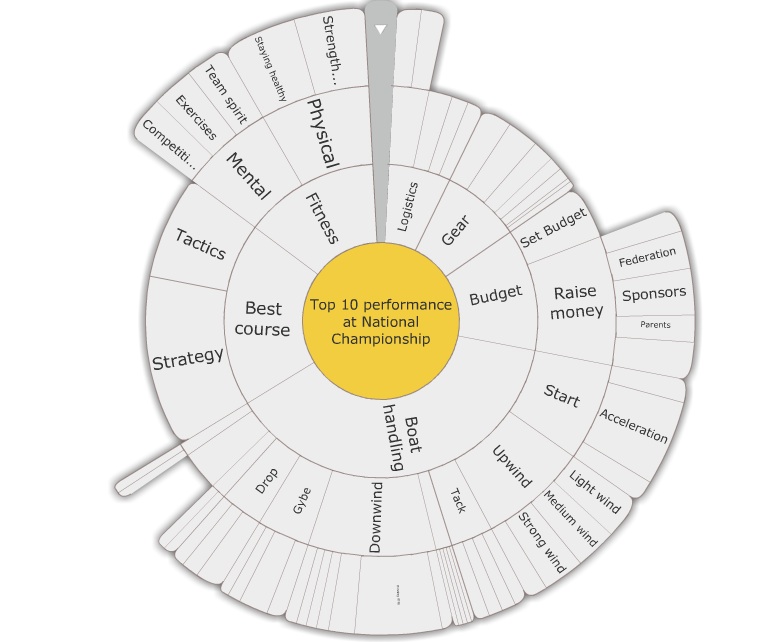
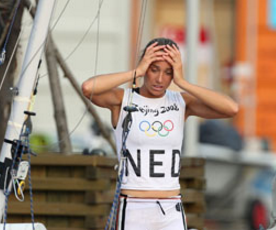 Audio (07:45 min): Three-time 470 Women's World Champion and Olympic silver medallist Marcelien de Koning says goal-setting is such a massive part of her life that she hasn't been able to stop - even after the Olympics...
Audio (07:45 min): Three-time 470 Women's World Champion and Olympic silver medallist Marcelien de Koning says goal-setting is such a massive part of her life that she hasn't been able to stop - even after the Olympics...